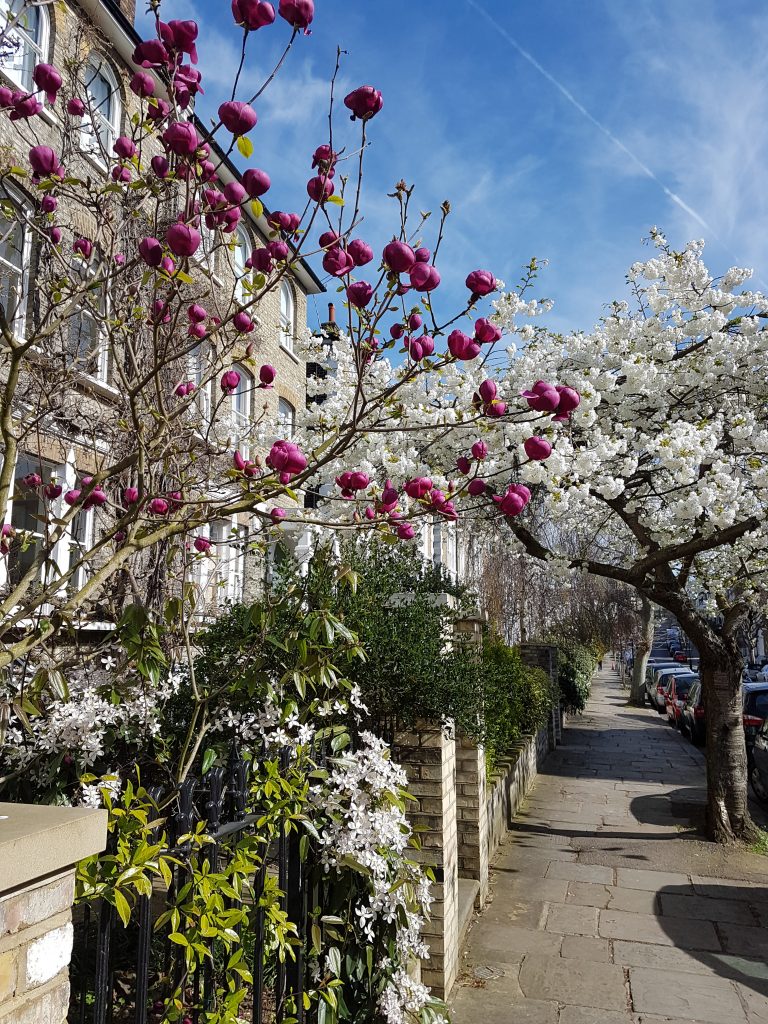Last week, I participated in a seminar exploring how best to bring together health and planning to ‘improve the quality of lives and places in England’. The focus was on putting theory into practice and/but a lot of the discussion was about language and evidence as barriers to this. In particular – and this is a bugbear of mine – the mismatch between public health privileging of a certain kind of scientific, ideally epidemiological, evidence of health outcomes, versus the factors which drive ‘real world’ decision-making by local authorities. Karen Lock, Professor at the London School of Hygiene and Tropical Medicine, and Laurence Carmichael, Head of the WHO Collaborating Centre for Healthy Urban Environments at UWE, captured this tension particularly well. Karen talked about the importance to planners of local knowledge, acceptability, viability, innovation and, last but not least, politics. Laurence highlighted the ‘evidence gaps’ regarding (i) how to quantify the costs of bad urban design and (ii) how best to capture people’s ‘lived experience’ of a place and its pertinence for measuring health. More research needed …
All this prompted two questions for me. One is ‘What is the health cost of inaction?’ aka ‘How much evidence is enough?’. The other is ‘Could we usefully reframe “sense of place” in terms of how people talk about their experience of living there (as opposed to orthodox public health outcomes)?’ I plan to return to the first of these which I think is an important ethical issue. In the meantime, here are some rough and ready thoughts on my own sense of the place where I live and the experiential and multisensory nature of this.
- I like that I live up a hill. I think this is linked to: a sense of achievement when I get home; the idea of a vantage point; the view across London from the top; it being one of the things which gives the place ‘character’.
- Where I live feels ‘real’ because I am in walking distance from a butcher, a baker and a hardware shop. I don’t eat meat, but that’s irrelevant.
- Where I live also feels ‘special’ because I am near a couple of fantastic and distinctive public green spaces: a heath and a beautifully designed Victorian park (on a hill).
- The smell of wisteria, lavender and roses in people’s front gardens makes me smile on a daily basis throughout the spring and summer. As does the sight of my next door neighbour’s front garden vegetable patch.
- I feel connected to where I live because I work from home and have daily casual contact with people who live and work in the neighbourhood. And I belong to a great local film club whose membership is multi-generational (and includes at least two planners that I am aware of).
Am I healthy as a result?
For Karen Lock and colleagues’ take on valuing different kinds of evidence, see Trading quality for relevance: non-health decision-makers’ use of evidence on the social determinants of health. BMJ Open, 5 (4). e007053.



